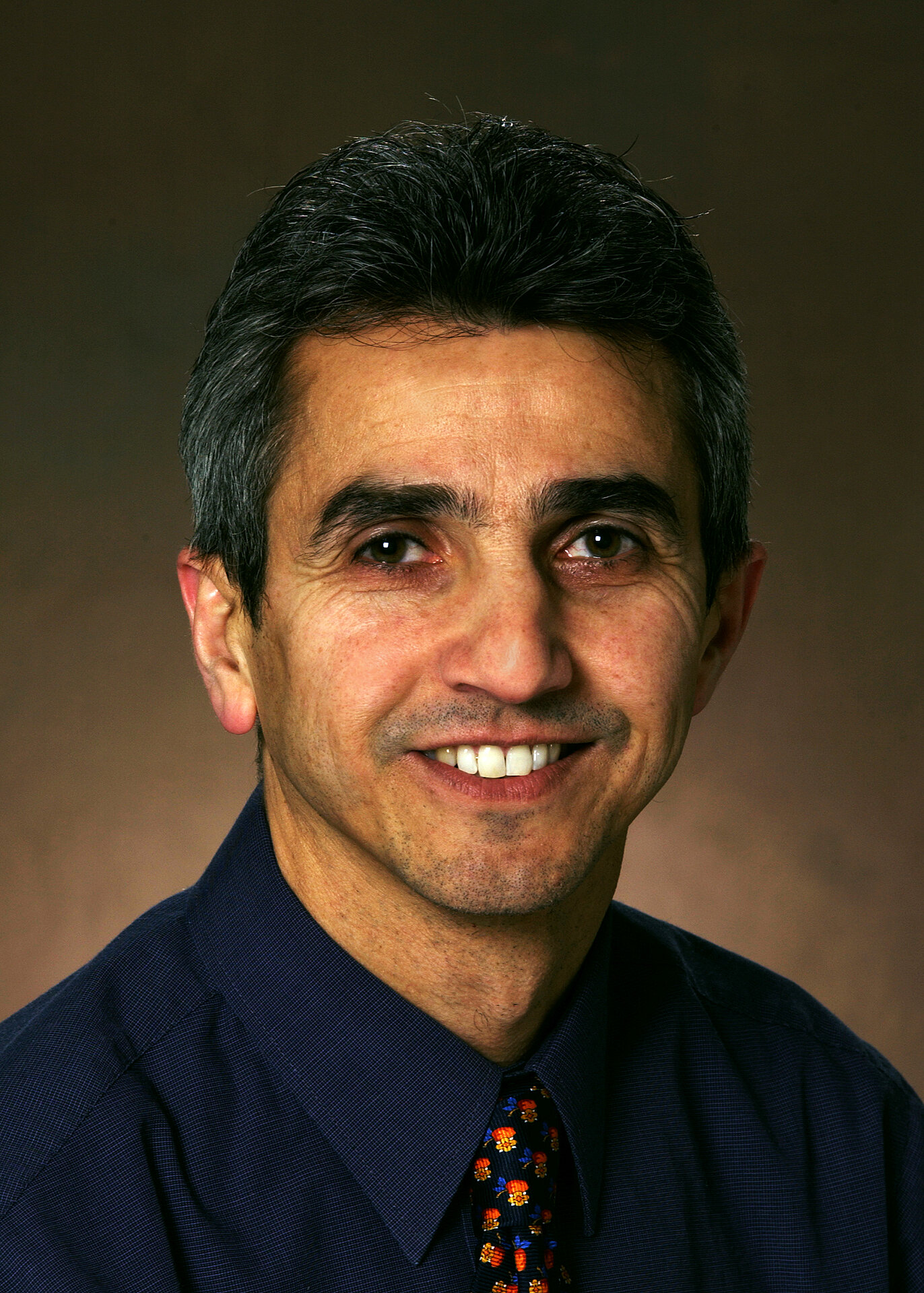
Adnan Akyüz, state climatologist and assistant professor of climatology in North Dakota State University’s soil science department takes his son’s bike helmet along with him every time he makes his presentations about tornadoes.
Akyüz recently spoke to first-year and kindergarten students at the Kennedy Elementary School in south Fargo. “It was quite a scene,” he said. “All the students and their teachers wearing their bike helmets, while they watched the tornado machine with awe.”
Akyüz built a classroom-size tornado machine that he uses to simulate tornado vortex with boiling water and dry ice. When the fan on top of the glass box sucks the air out, inflow on each of the four sides creates vortex and finally forms a tornado-like funnel. He explains how tornadoes form and what to do in case of severe weather that has the potential to produce tornadoes.
“Most tornado experts will tell you to go to basement, away from exterior walls and windows and cover your head. Why not wear a helmet while taking shelter? Then you would have two free hands that can do something else, such as holding someone’s hand in your family or hugging your kids without compromising your own safety,” he said. “Most fatalities during a tornado event occur when a person is hit by flying debris. Tornadoes can reach rotational speeds in excess of 300 miles per hour. Covering your head with your bare hands only provides you with limited protection.”
Akyüz says an inexpensive and accessible tool such as a helmet can increase your chances for survival if a tornado strikes your home. “Moreover, most households already have one or more helmets. But most importantly, it is a proven fact that helmets have saved lives in the event of a crash,” he said.
North Dakota averages 21.7 tornadoes per year. It ranges from a minimum of two tornadoes in 1950 to a maximum of 65 tornadoes in 1999. North Dakota has had 24 direct tornado related fatalities since 1950. “This number seems to be very small, but we are ranked number 10 in the nation in number of fatalities per tornado,” Akyüz said. “Advances in forecasting tornadoes, technology and public education will decrease the number of deaths and injuries.”